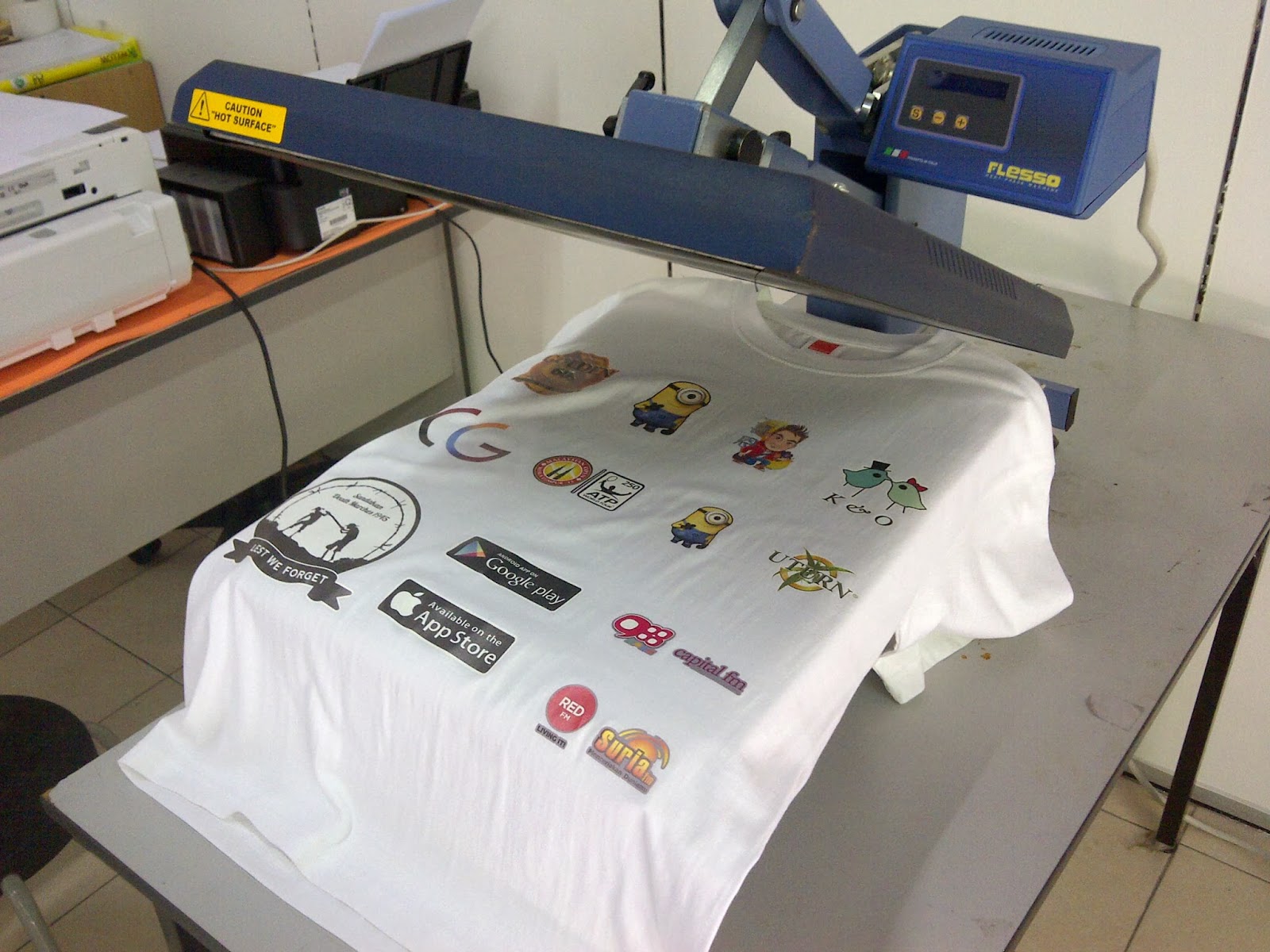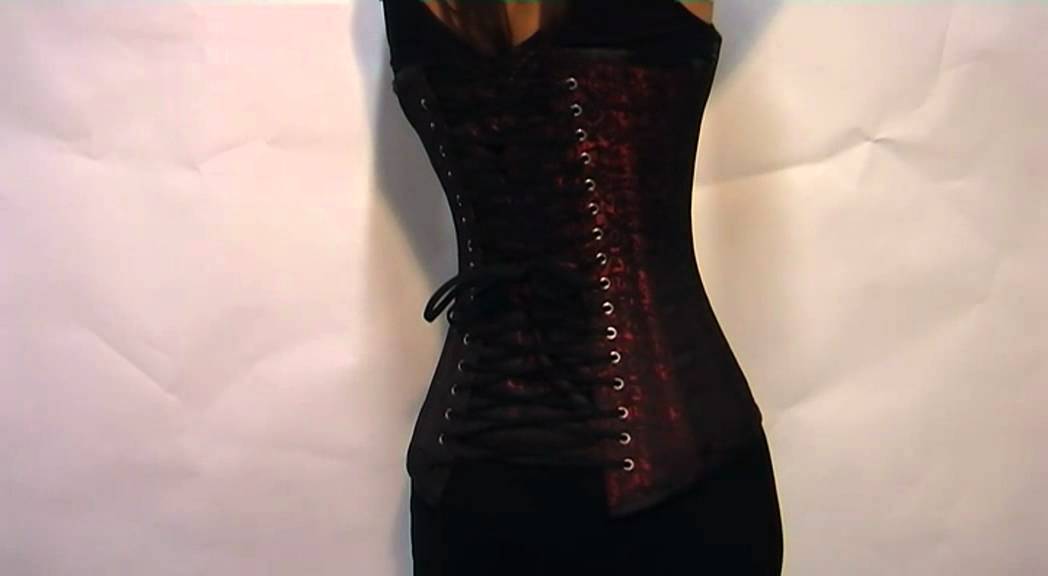There’s a big difference between creating your own t-shirt and creating the kind of t-shirt everyone within a hundred miles will want to either copy or buy. Unsurprisingly, hitting the nail on the head in terms of the latter isn’t what you’d call walk in the park – some of the world’s biggest designers have for much of their existence failed to come up with more than a few designs and logos that have really gone down as memorable.
So assuming you’re having a crack at the whole thing as something of an amateur, what kind of chance do you have of coming up with a real smash-hit?
Well, the simple answer is as good of a chance as anyone else – all it takes is the tiniest spark of genius to set the world on fire! So, assuming you’re already something of a creative type and can’t wait to see your work living and breathing on a t-shirt or ten, here’s a quick overview of some key rules to follow:
1 – Brainstorm
Like a musician jamming out random chords and coming up with the next number-one single, it’s in your best interest to brainstorm your ideas on paper and see what sticks. Sure, you can picture a few good ideas in your head, but how about you let your heart do the work and just let your hand run wild on the paper in front of you? It’s only when you stop thinking about it too hard and putting too much pressure on yourself that you’ll really get to see what’s inside you – hopefully something you’ll soon be wearing proudly on the outside!
2 – Trial and Error
Don’t necessarily expect to get things right the first time around…at least as far as your own design is concerned. Be ready and willing to have more than a few stabs at the kind of thing you’re looking for and don’t be put off if it seems to be taking forever – it’s all part of the creative process!
3 – Don’t Scrutinise Too Much
When any artist looks at his or her own work for too long, they end up hating it. It’s the same when anybody pens a story, finishes up an exam or really does anything else of their own bat – everyone tends to be their own worst critic when given enough time to pull their work apart. So, if you come up with a design you absolutely love and are convinced you’ve done a good job, don’t spend too much time looking for fault or convincing yourself otherwise – you’ll soon end up despising it.
4 – Life-Size Prints
It sounds like an obvious tip and it is, but it’s also one that’s overlooked way too often. The only way you can get a good idea of how the shirt will look once printed and finished is to print your samples in the actual size you’ll (hopefully) be printing the final copy in. And to that end, it’s also never a bad idea to go all-out and pin it to your existing t-shirt for a while, just to get an even better idea of how it looks.
5 – Virtual Tees
Another hugely obvious yet vital tip concerns the pre-printing process – use whatever photo editing package you’ve got to copy a picture of the t-shirt design onto a photograph of a t-shirt to get a pretty accurate rendering of what it will look like. This way, you can try out as many different t-shirt colours, design positioning and sizes as you like.
6 – Less Can be More
Bright, bold and brash colours can be effective, but so too can subtle designs with minimal colour use. Think of some of the world’ most iconic designs or logos and chances are a fair few will use no more than two or three colours. And there’s a reason for this – making a statement that works by using only a few colours makes the statement even more powerful.
7 – Quality Printing
Last but not least, there’s simply no escaping the fact that your proudest work isn’t going to look quite as good when printed on the office HP as it would if you went to DTGPrintz.com, or a similar printing service for that matter. If you want an accurate and faithful recreation of what’s on the screen in front of you in all its glory and with no chance of bleeding, fading or generally coming out amateurish, pro is the way to go…plain and simple.




